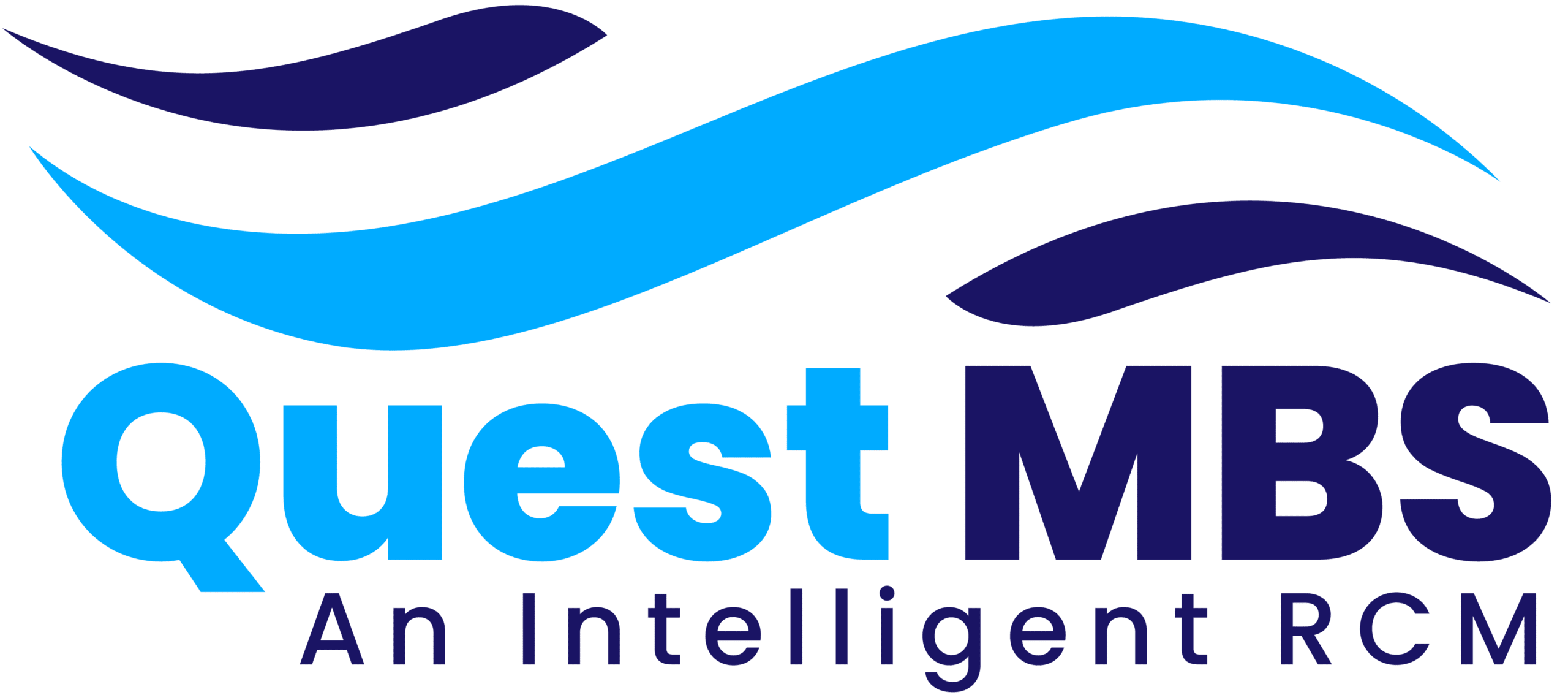Introduction
Revenue Cycle Management (RCM) is a critical component of the healthcare industry, ensuring that providers receive timely and accurate reimbursement for services rendered. Efficient RCM not only improves the financial stability of healthcare organizations but also enhances patient satisfaction by streamlining billing processes. However, managing revenue cycles effectively can be challenging due to the complexities of insurance policies, coding standards, and compliance regulations. This article explores essential tips to improve revenue cycle management in medical billing, helping healthcare providers optimize their financial performance.
Understanding Revenue Cycle Management
Revenue Cycle Management refers to the entire financial process of managing claims, payments, and revenue generation in healthcare. It starts when a patient schedules an appointment and continues through billing, claims processing, payment collection, and denial management. A well-structured RCM process ensures steady cash flow, minimizes claim denials, and reduces administrative burdens.
Key Tips to Improve Revenue Cycle Management
1. Verify Patient Information Accurately
One of the most common reasons for claim denials is incorrect or incomplete patient information. To avoid this, healthcare providers should:
- Verify patient demographics, insurance coverage, and eligibility before appointments.
- Collect and update patient details regularly.
- Ensure proper documentation of insurance policy numbers and coverage details.
- Utilize electronic eligibility verification tools to reduce manual errors.
2. Enhance Pre-Authorization and Eligibility Checks
Insurance pre-authorization is crucial for procedures requiring prior approval from insurance companies. Implementing efficient pre-authorization processes ensures that services are covered and minimizes claim denials. Best practices include:
- Training staff to check pre-authorization requirements for different insurers.
- Using automated tools to verify patient eligibility in real time.
- Communicating with patients about their coverage and potential out-of-pocket costs.
3. Implement Effective Medical Coding Practices
Accurate medical coding is essential for claim approval. Errors in coding can lead to claim rejections and revenue loss. To improve coding accuracy:
- Ensure coders are certified and trained in the latest ICD-10, CPT, and HCPCS coding standards.
- Use coding software to minimize human errors.
- Conduct regular coding audits to identify and correct mistakes.
- Stay updated with coding changes and payer-specific guidelines.
4. Streamline Claims Submission Process
Timely and accurate claim submission is a key factor in revenue cycle efficiency. To improve the process:
- Automate claims submission using reliable billing software.
- Double-check claims for completeness before submission.
- Submit claims electronically to reduce processing time and errors.
- Implement a tracking system to monitor claim status and follow up on delayed claims.
5. Optimize Denial Management and Appeals
Denied claims can significantly impact cash flow. An effective denial management strategy includes:
- Identifying common reasons for denials and addressing them proactively.
- Keeping a denial tracking system to analyze trends and implement corrective actions.
- Establishing a structured appeals process with clear documentation.
- Training staff to handle appeals efficiently and communicate with insurance providers.
6. Enhance Patient Payment Collections
Patient payments account for a significant portion of healthcare revenue. To improve collections:
- Provide clear cost estimates before treatment.
- Offer multiple payment options, including online portals and mobile payments.
- Implement flexible payment plans for patients with financial difficulties.
- Educate patients on their financial responsibilities and insurance coverage.
- Use automated reminders for outstanding balances.
7. Leverage Technology for RCM Optimization
Modern healthcare technology can enhance revenue cycle management efficiency. Useful tools include:
- Electronic Health Records (EHRs): Integrating EHRs with billing systems for seamless data transfer.
- Revenue Cycle Management Software: Automating billing, coding, claims tracking, and patient payments.
- Artificial Intelligence (AI) and Machine Learning: Identifying billing patterns and predicting potential denials.
- Data Analytics: Providing insights into financial performance and areas for improvement.
8. Train and Educate Staff Regularly
Continuous education and training for billing and administrative staff help maintain compliance and efficiency. Training programs should cover:
- Updates on medical billing regulations and coding standards.
- Best practices for patient communication and financial counseling.
- Hands-on training with billing and claims processing software.
- Strategies for effective denial management and appeals.
9. Monitor Key Performance Indicators (KPIs)
Tracking key performance indicators helps identify strengths and weaknesses in revenue cycle management. Essential KPIs to monitor include:
- Claim Denial Rate: Percentage of denied claims and reasons for denial.
- Days in Accounts Receivable (AR): Average time taken to collect payments.
- Clean Claims Rate: Percentage of claims submitted without errors.
- Patient Collection Rate: Effectiveness of patient payment collection processes.
- Net Collection Rate: Percentage of revenue collected compared to the total billed amount.
10. Ensure Compliance with Healthcare Regulations
Non-compliance with healthcare regulations can lead to fines and legal issues. Healthcare providers should:
- Stay updated with HIPAA, Medicare, Medicaid, and other payer guidelines.
- Conduct regular internal audits to identify compliance risks.
- Implement data security measures to protect patient information.
- Train staff on legal and ethical billing practices.
Conclusion
Effective Revenue Cycle Management is vital for the financial health of healthcare organizations. By implementing best practices such as accurate patient information verification, efficient claims processing, strong denial management, and leveraging technology, providers can enhance their revenue cycles and minimize financial losses. Additionally, training staff, monitoring KPIs, and ensuring regulatory compliance contribute to a streamlined billing process. By continuously improving RCM strategies, healthcare providers can achieve better financial stability while enhancing patient satisfaction.







